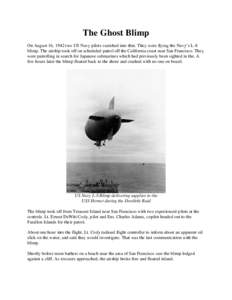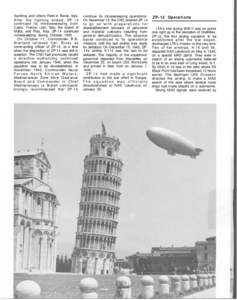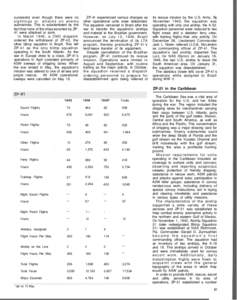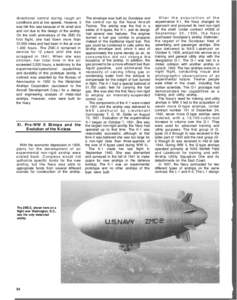<--- Back to Details
| First Page | Document Content | |
|---|---|---|
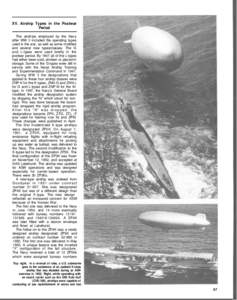 Date: 2011-01-24 15:10:56N class blimp Airship K class blimp Goodyear ZWG Rigid airship Naval Air Station South Weymouth Hybrid airship LZ 127 Graf Zeppelin Zeppelin Goodyear aircraft Aircraft Aviation |
Add to Reading List |
 XV. Airship Types in the Postwar Period The airships employed by the Navy after WW II included the operating types used in the war, as well as some modified and several new types/classes. The G
XV. Airship Types in the Postwar Period The airships employed by the Navy after WW II included the operating types used in the war, as well as some modified and several new types/classes. The G